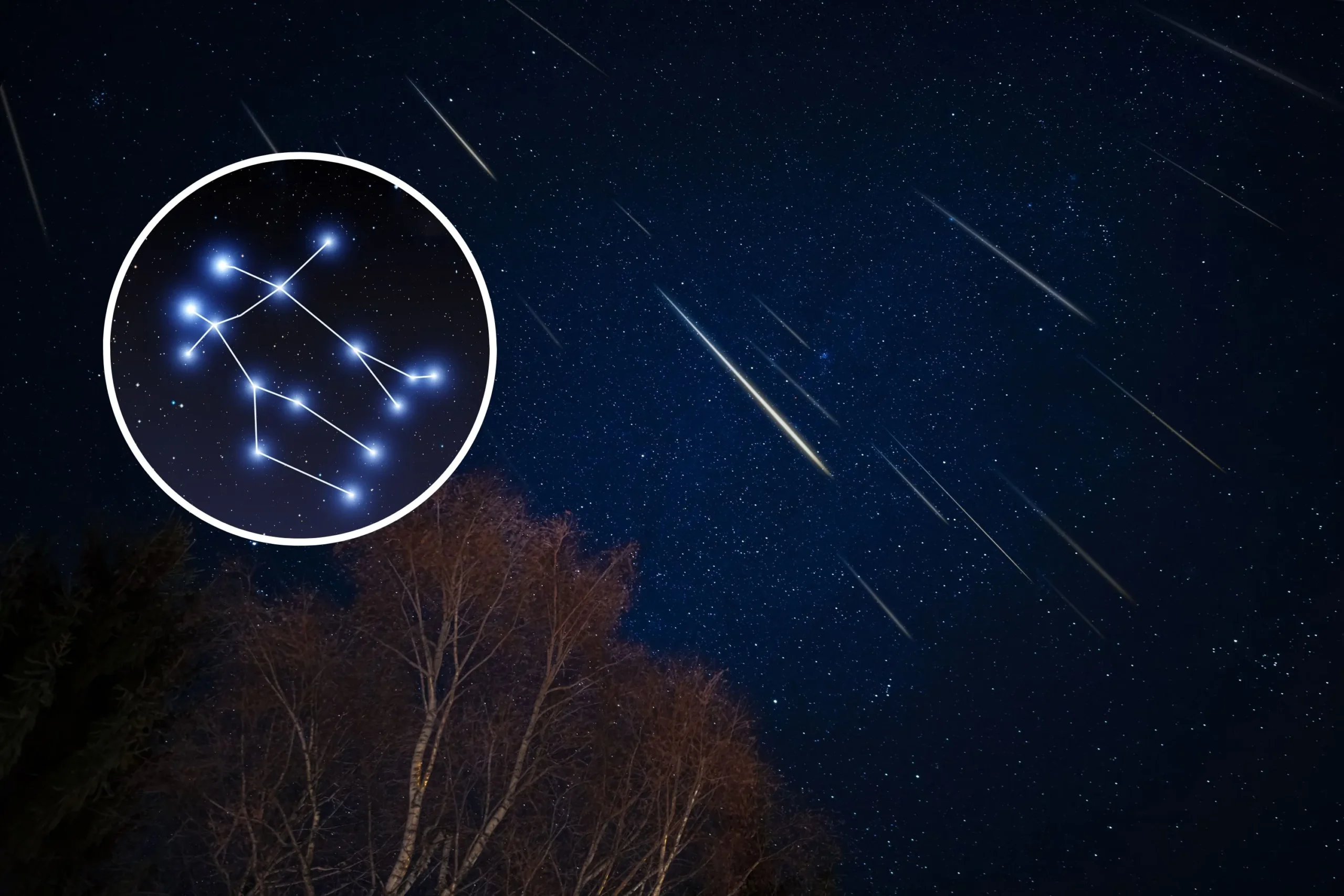Don’t Miss the Spectacular Geminid Meteor Shower Peaking Tonight!
Stargazers, prepare for an astronomical spectacle! The annual Geminid meteor shower is set to illuminate the night sky, promising a breathtaking display of celestial fireworks that will captivate skywatchers across the United States and beyond.
A Celestial Phenomenon Like No Other
The Geminid meteor shower stands out as one of the most reliable and impressive meteor showers of the year. Unlike typical meteor showers originating from comets, these meteors come from the peculiar asteroid 3200 Phaethon, which behaves like a “dead comet” and creates a truly unique astronomical event.
What Makes the Geminids Special?
- Exceptional Meteor Frequency: Under ideal conditions, sky watchers can witness up to 120 meteors per hour.
- Vibrant Meteor Characteristics: Known for bright, colorful meteors that often appear yellow.
- Extended Viewing Window: Active from November 19 to December 24, offering multiple opportunities to catch the show.
When and Where to Watch
Mark your calendars! The peak of the Geminid meteor shower is expected on the night of December 13-14, 2024. Astronomers recommend the following viewing strategy:
- Best Viewing Time: Between 9 p.m. and 2 a.m.
- Peak Activity: Approximately 2 a.m. when the Gemini constellation is highest in the sky
- Optimal Viewing Location: Dark areas away from city lights
“This year’s meteor shower presents a unique challenge,” says Dr. Emily Rodriguez, lead astronomer at the National Space Observatory. “The nearly full moon may reduce visibility, but don’t let that discourage you from experiencing this celestial marvel.“
Viewing Challenges and Tips
While the bright moonlight might wash out some fainter meteors, experienced stargazers still recommend heading outdoors. Brighter meteors and occasional fireballs will remain visible, making the effort worthwhile.
Preparation is Key
To maximize your meteor shower experience, consider these essential tips:
- Allow 30 minutes for eye adaptation to darkness
- Dress warmly in layers
- Bring comfortable blankets or sleeping bags
- Choose a location with minimal light pollution
- Lie back and observe the entire sky, not just the Gemini constellation
Alternative Viewing Options
For those unable to venture outside or facing unfavorable weather conditions, several online platforms will offer live streaming of the meteor shower, ensuring everyone can enjoy this astronomical event.
Historical Context
Interestingly, the Geminid meteor shower is relatively young in astronomical terms. First observed in the mid-1800s, it initially produced only 10-20 meteors per hour. Today, it has evolved into one of the most anticipated celestial events of the year.
Weather and Regional Considerations
Pro Tip: Check your local weather forecast before planning your stargazing adventure. Clear skies are crucial for optimal meteor viewing.
A Final Word of Encouragement
Whether you’re an amateur astronomer or a casual sky enthusiast, the Geminid meteor shower offers a mesmerizing glimpse into the wonders of our universe. Don’t miss this opportunity to witness nature’s most spectacular light show!
Remember: Patience is key. Even if you don’t see hundreds of meteors, each shooting star is a magical moment worth experiencing.
Happy stargazing!
Note: Viewing conditions may vary, so check local astronomical resources for the most up-to-date information specific to your region.






Leave a Comment